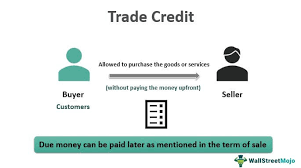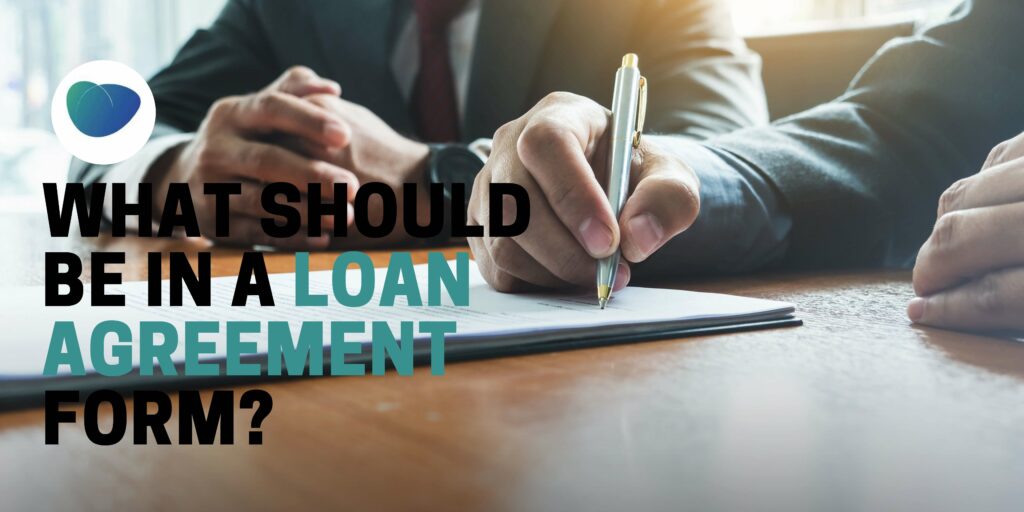Banks are organized financial institutions that save us in times of difficulties. They provide credit facilities to solve different needs. Bank of Africa Kenya loans are not left off the list. They are a structured lending platform that provides different loans to individuals in Kenya.
Let us discuss their categories of loans, the account needed for each loan and how to contact them.

About Bank of Africa Kenya
Bank of Africa Kenya limited (BOA-Kenya) is a commercial bank providing banking services to corporate and individuals. Small and medium enterprises are left behind. They also cater for retail clientele. The bank began activities officially in Kenya in July 2004 and currently has recorded so many achievements.
They acquired Kenyan branch of Credit Agricole Indosuez, a large international French bank. The French bank has operated in the country for over 20 years. The bank has a wide network of 27 branches country wide and a business center in Nairobi, Kenya.
What you need to know about Bank of Africa Kenya loans
Basically Bank of Africa Kenya limited offers personal and business loans. Their branch in Kenya offers full services to SMEs and operates in real time. The loans gotten helps their customers to seamlessly and expediently transact business.
Bank of Africa Kenya loans
The different categories of loans offered by Bank of Africa Kenya limited are:
- Personal loans (which includes Salary advance)
- Asset finance
- Mortgage products
Personal loans
Their personal loans amount is Ksh 50,000 to Ksh 2,000,000 extended to salaried individuals with minimum net salary of Ksh 25,000.
Eligibility:
- Be in a continuous employment for over 6 months
- Have a minimum net salary of Ksh 25,000
- Qualifying age limit is 55 years
- Be ready to pay a processing fee of 3%
- Provide a good Credit Reference Bureau report
Benefits:
- Comes with a competitive interest rates
- Flexible interest installment plan
- Can apply for a maximum loan amount Ksh 2,000,000
- Receive a minimum loan amount of Ksh 50,000
- Fast to processing & disbursement to your personal account or salary account within 1 week
Features:
- Enjoy a loan duration of a minimum of 12 months to a maximum of 48 months
- Enjoy a response time of 48 hours
- Get amount ranging from Ksh 2,000,000 to Ksh 50,000
Requirements:
- Submit a completed Bank of Africa Personal Loan application form
- Letter of undertaking from employer confirming further payment
- Copy of a valid ID
- A PIN certificate
- Printed original copies of the preceding 3 months’ payslips
- For non-BOA customers, copies of bank statements for 6 months
Asset finance
Bank of Africa Kenya limited, designed asset finance to enable individuals and businesses acquire durable assets. The asset to be financed will be used to grow the capacity of the business. It would be also used to improve the level of service delivery of an existing enterprise.
Target Audience:
- Individuals
- Entrepreneurs
- Limited companies
- Law agencies
- Non–profit organizations
Mortgage finance
Bank of Africa Kenya Limited provides a comprehensive mortgage finance solution. This focuses on providing personal and unique services. They achieve this by enabling their customers to buy, build or improve their own properties or homes.
Mortgage Products Offered:
- Home improvement
- Property acquisition
- Equity release
- Construction
Requirements:
- A properly completed and signed application form.
- Provide a sale agreement/offer letter.
- Identification card
- Passport
- Registration documents for a business.
- Copies of payslips.
- Print bank statements for the last six months.
- Copy of the title of the asset that is serving as a collateral.
- A valuation report
- A well-drafted letter of introduction and undertaking from an employer for employed persons.
- Open a Bank of Africa Kenya limited Current account.
Benefits:
- Own occupation
- Gain tax benefit through mortgage relief.
- Free financial advice on mortgage products.
- Personalized customer service.
- Flexible terms of repayment
- Begins to save on rent
- Receive capital gains from property appreciation.
Different accounts operated by Bank of Africa Kenya for loan disbursement
- Personal account
- Current account
- Deposit account
- Salary account
- Savings account
How to contact Bank of Africa Kenya loans
Visit BOA House, Karuna Close, Off Waiyaki Way, Westlands, Nairobi.
You can call them via call at: 0703058000/ 0203275000. If you choose to email them, their email address is yoursay@boakenya.com
Conclusion
Bank of Africa Kenya limited has the vision to be the preferred bank to the chosen market. They offer personal, salary advance, mortgages and asset finance to their customers.
Furthermore, their mission is also to serve their customers with efficiency and courtesy. To contribute to the development of all their stakeholders and lots more. Try Bank of Africa Kenya loans today and enjoy their great features.



